Case Study - Graphite [en]
graphite offers the infrastructure to enhance your publications for a multi-media and interactive digital context.
- Kunde/Partner
- Open Source Publikationsplattform
- Jahr
- Dienstleistung
- Webentwicklung

graphite offers the infrastructure to enhance your publications for a multi-media and interactive digital context. The more than ever emerging demand for reliable and well-edited information meets a depreciated way of publishing. With graphite papers you can create your standalone publication or use the provided starter packs to build up your own and individualised publication series.
CORE DEVELOPERS
graphite is published as open source software:
Selected publications
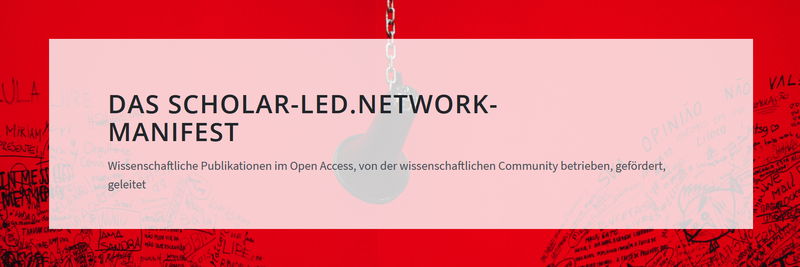
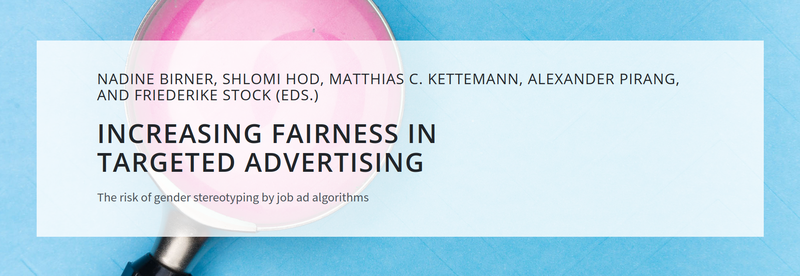
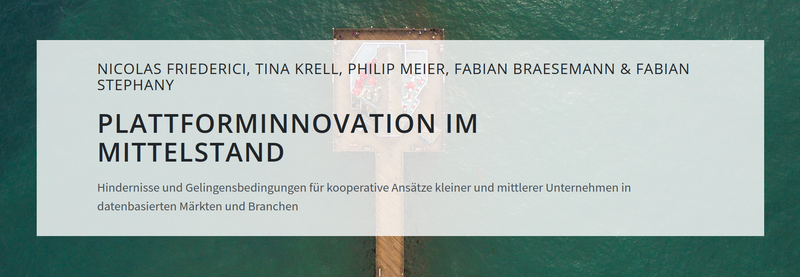
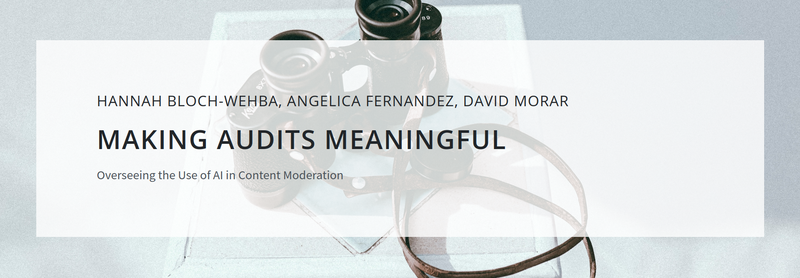

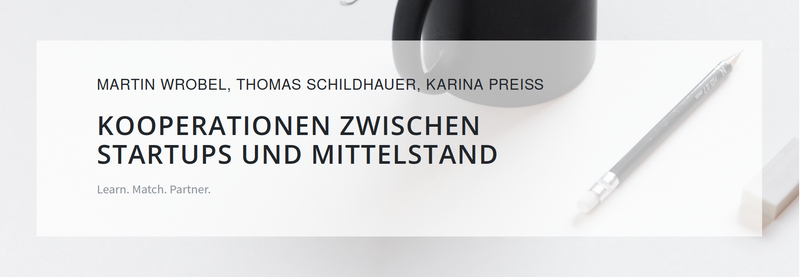
Concept
Traditional publications follow a linear design of storytelling (see figure 1). In the case of scientific papers the structure is specified by the research question, outlined methods applied, presented results and the concluding discussion. An abstract, list of references and an appendix complete the narrative of scientific papers. When paper-based publications were transformed into the form of Postscript or PDF documents, this established design has been preserved. The core narrative of the article which we describe as information layer represents this traditional design.

Figure 1. Elements within the traditional linear design of narration
Our multi-level approach expands the linear structure of printed publications by two new layers (see figure 2):
-
The interactive layer includes multimedia objects as well as interactive and animated elements, such as videos, interactive visualisations, or sortable tables.
-
The data layer enables authors to reference their particular sources directly. This can be supplementary metadata or data resources; for example entire datasets, source codes, citation details, or copyright information. The integration of code and raw data allows the reproducibility of an article and its results. Moreover, the code behind visualisations serves as a valuable tool for co-researchers.
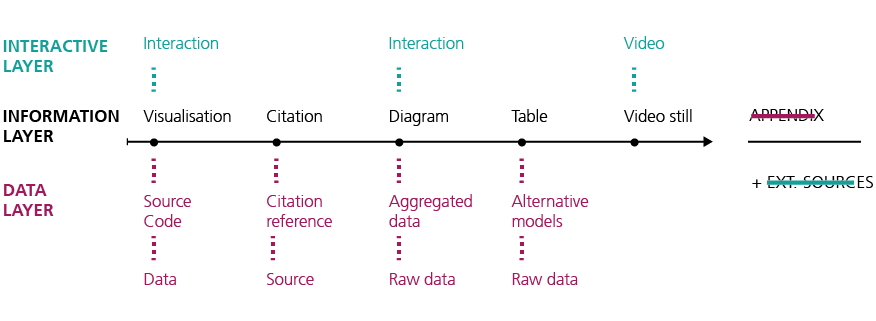
Figure 2. Our proposal for a narrative providing means of interaction and in-depth material
In addition to above referenced interactive elements and in-depth materials, the information itself can be presented on different layers, suitable for various target groups. This approach enables authors to provide publications with various levels of complexity to address different information needs. This may be, for example, glossary entries, explanations and further links, discipline-specific details or just as well a simplified summary (see figure 3).
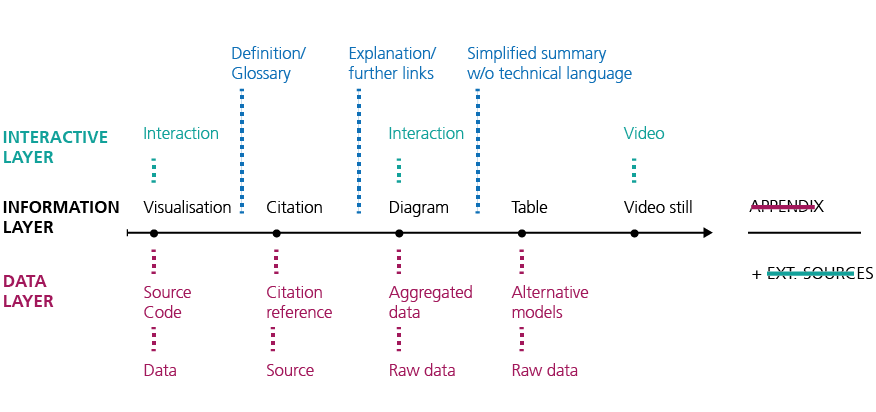
Figure 3. Adding an extra content layer with auxiliary elements (for specific target groups)
Publications about Graphite
Hebing, M., Wunderlich, L., & Ebert, J. (2017). Rethinking Academic Publications: Developing an open-source- framework for a multi-layer narrative in online publishing. xCoAx Proceedings of the conference on Computation, Communication, Aesthetics & X, 2017, 29--36. Publication details
Hebing, M., Wunderlich, L., & Ebert, J. (2017). Form follows function? Challenging the academic narrative. Digital Society Blog. Visit publication
Ebert, J., Wunderlich, L., & Hebing, M. (2017). Data, Information, Interaction. A multi-layer approach in online publishing. Digital Society Blog. Visit publication
Open Source
graphite is published as open source software:

